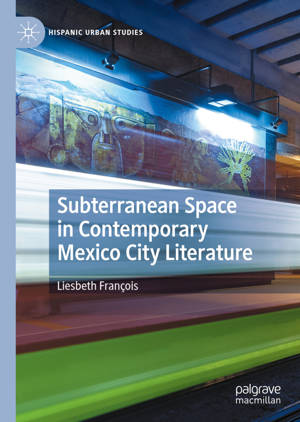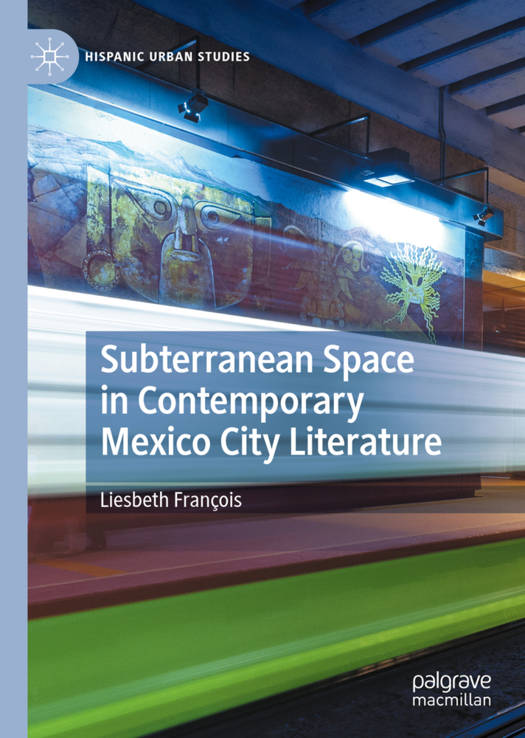
- Afhalen na 1 uur in een winkel met voorraad
- Gratis thuislevering in België vanaf € 30
- Ruim aanbod met 7 miljoen producten
- Afhalen na 1 uur in een winkel met voorraad
- Gratis thuislevering in België vanaf € 30
- Ruim aanbod met 7 miljoen producten
Zoeken
Subterranean Space in Contemporary Mexico City Literature
Liesbeth François
€ 105,45
+ 210 punten
Uitvoering
Omschrijving
This book studies the role of subterranean spaces in literary works about Mexico City. It analyzes how underground spaces such as the subway, the sewage system, tunnels, crypts, and the subsoil itself relate to the whole of the city in a body of works published after 1985, the year of the deadliest earthquake in the capital's history. The texts belong to the most important genres in urban literature (the novel, the short story, and the crónica) and demonstrate the crucial role played by the underground in contemporary imaginings of the megalopolis, as it condenses and confronts the tensions that run through them. This central idea is developed through four analytical chapters focusing on the political, ecological, historical, and aesthetic dimension of subterranean imaginaries.
Specificaties
Betrokkenen
- Auteur(s):
- Uitgeverij:
Inhoud
- Aantal bladzijden:
- 260
- Taal:
- Engels
- Reeks:
Eigenschappen
- Productcode (EAN):
- 9783030694555
- Verschijningsdatum:
- 6/05/2021
- Uitvoering:
- Hardcover
- Formaat:
- Genaaid
- Afmetingen:
- 148 mm x 210 mm
- Gewicht:
- 476 g

Alleen bij Standaard Boekhandel
+ 210 punten op je klantenkaart van Standaard Boekhandel
Beoordelingen
We publiceren alleen reviews die voldoen aan de voorwaarden voor reviews. Bekijk onze voorwaarden voor reviews.











